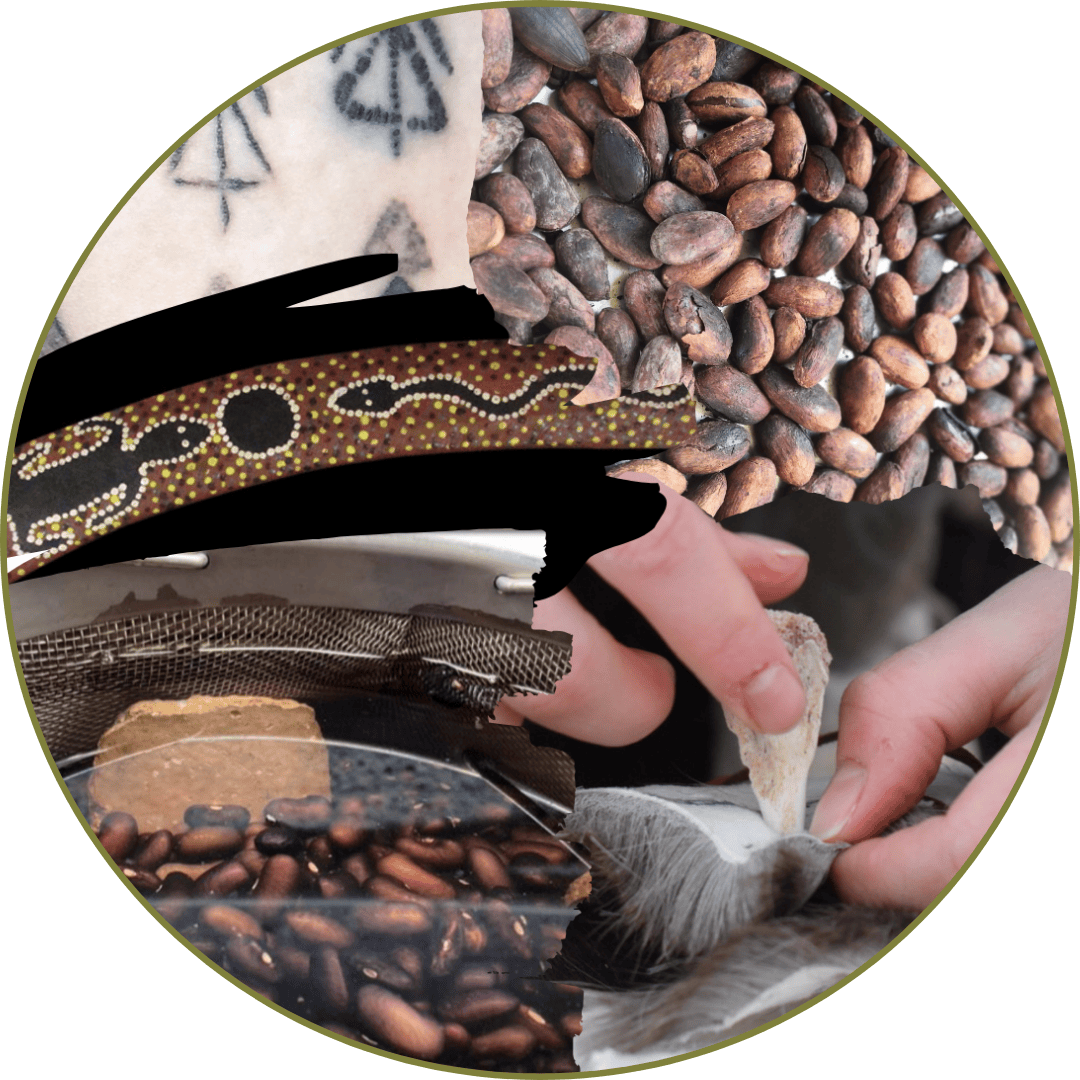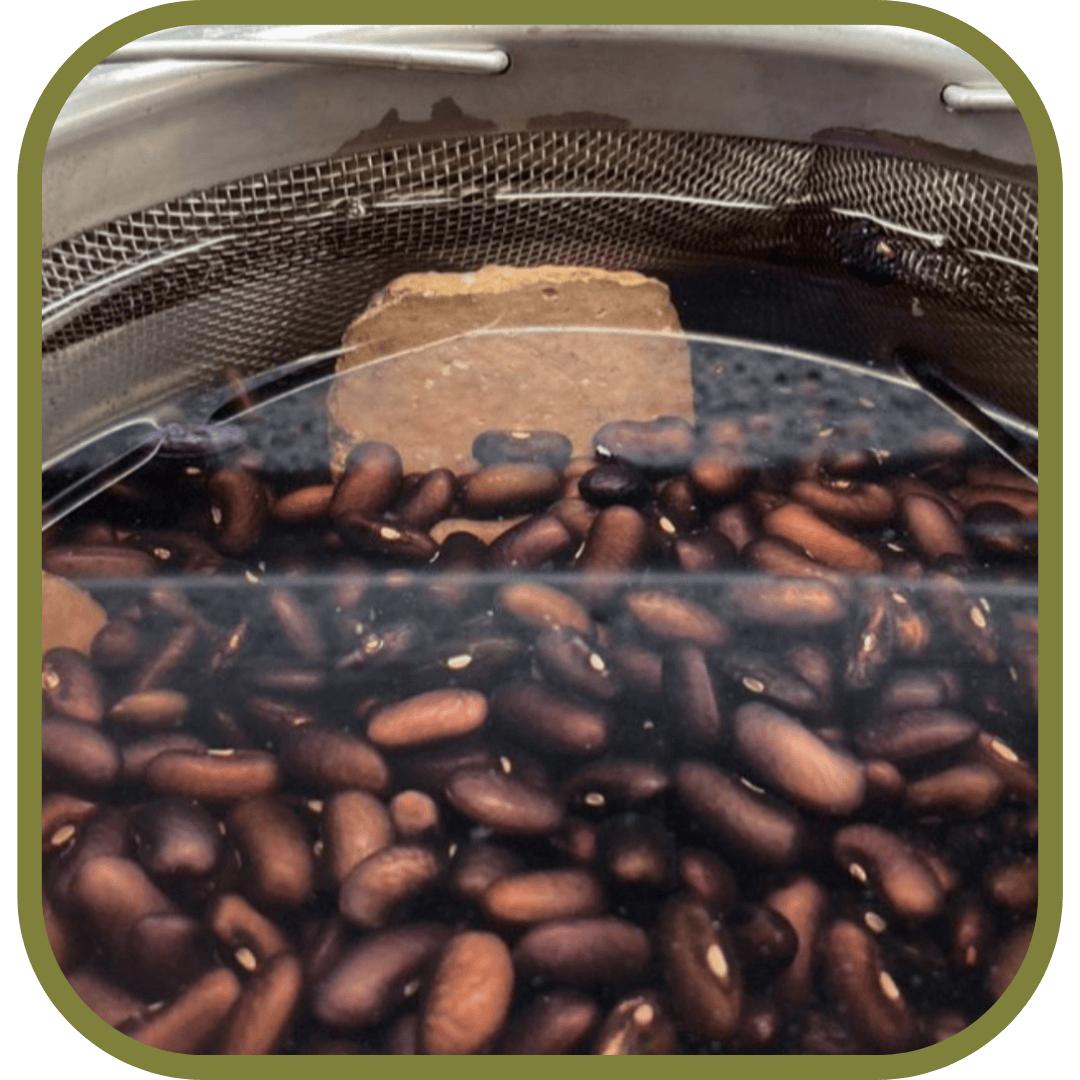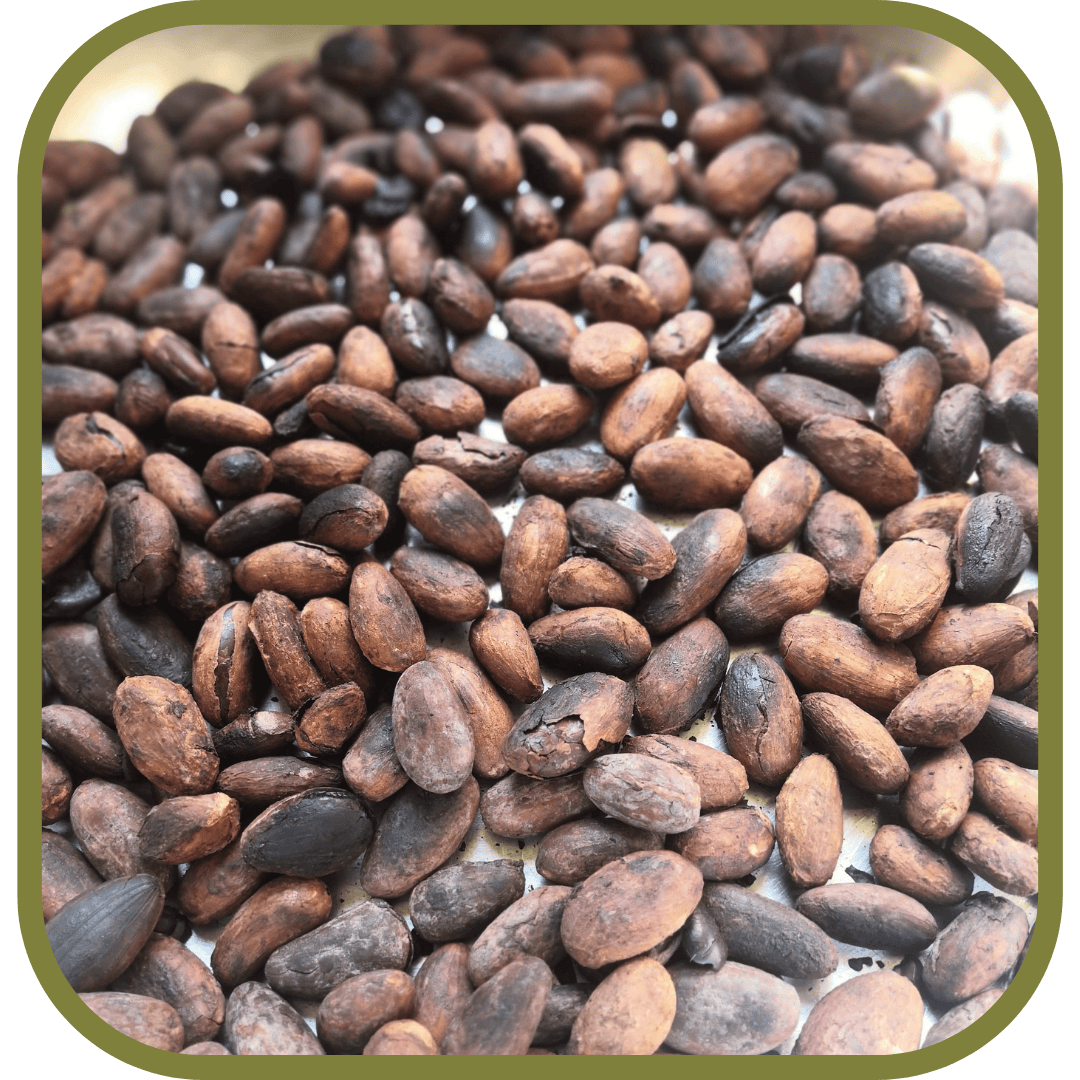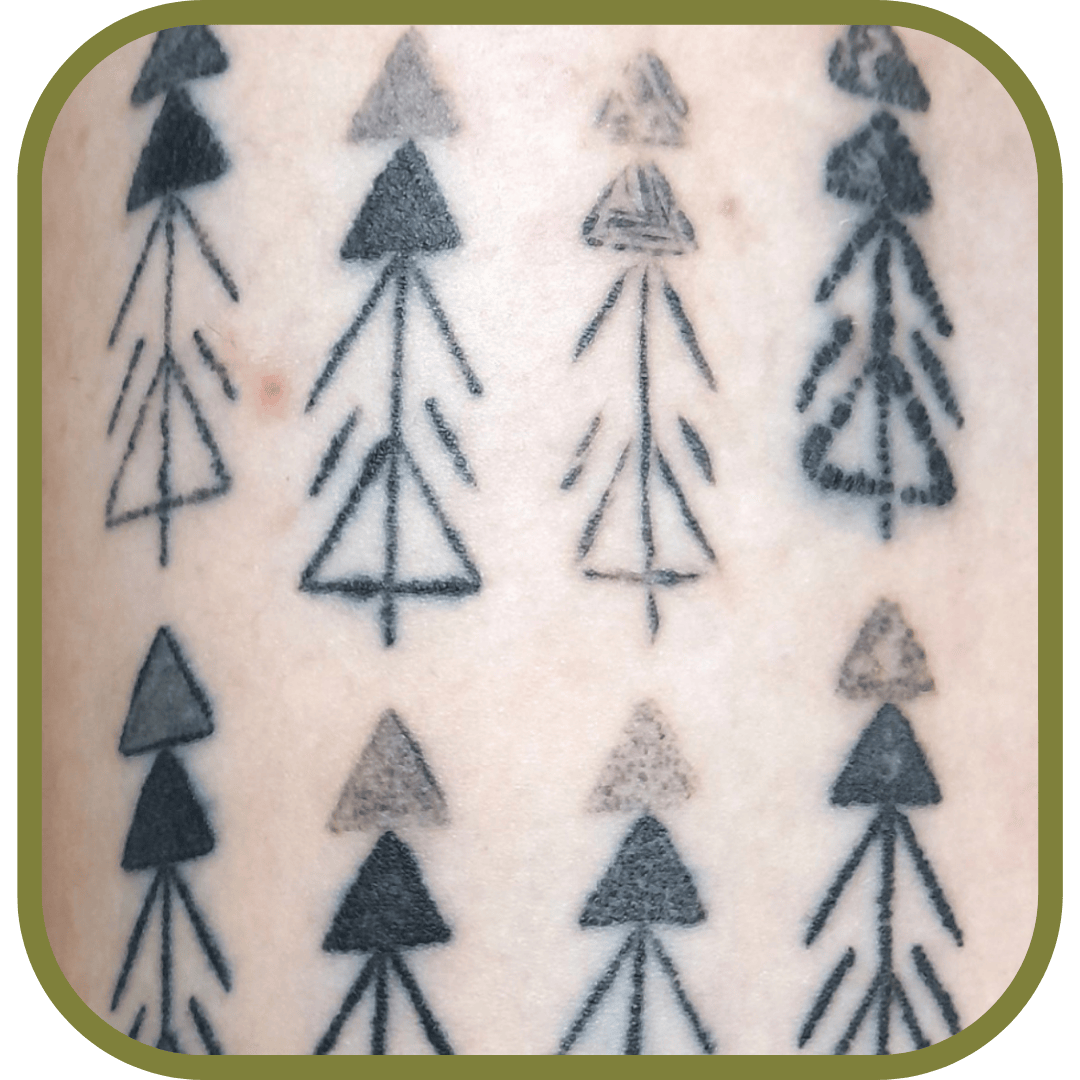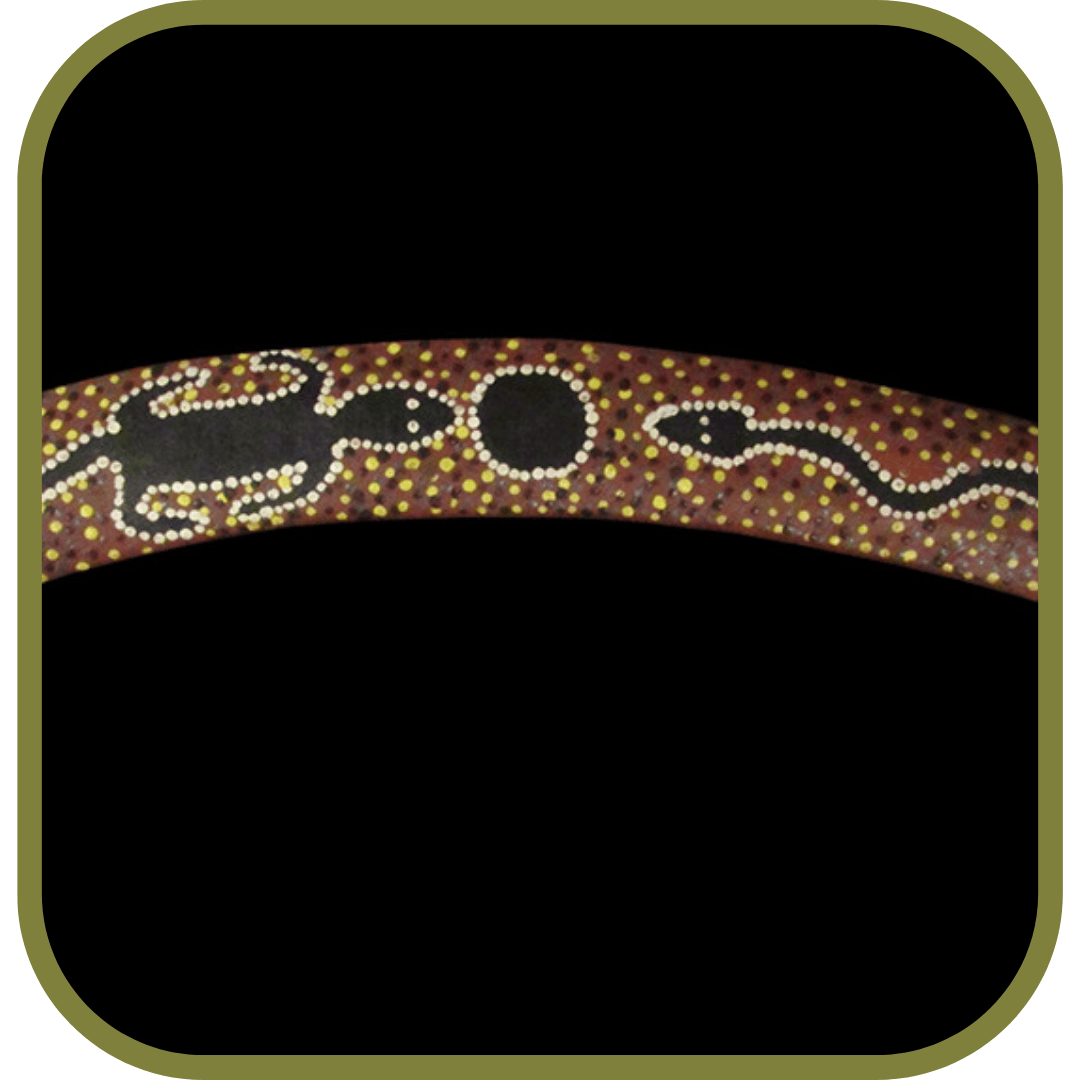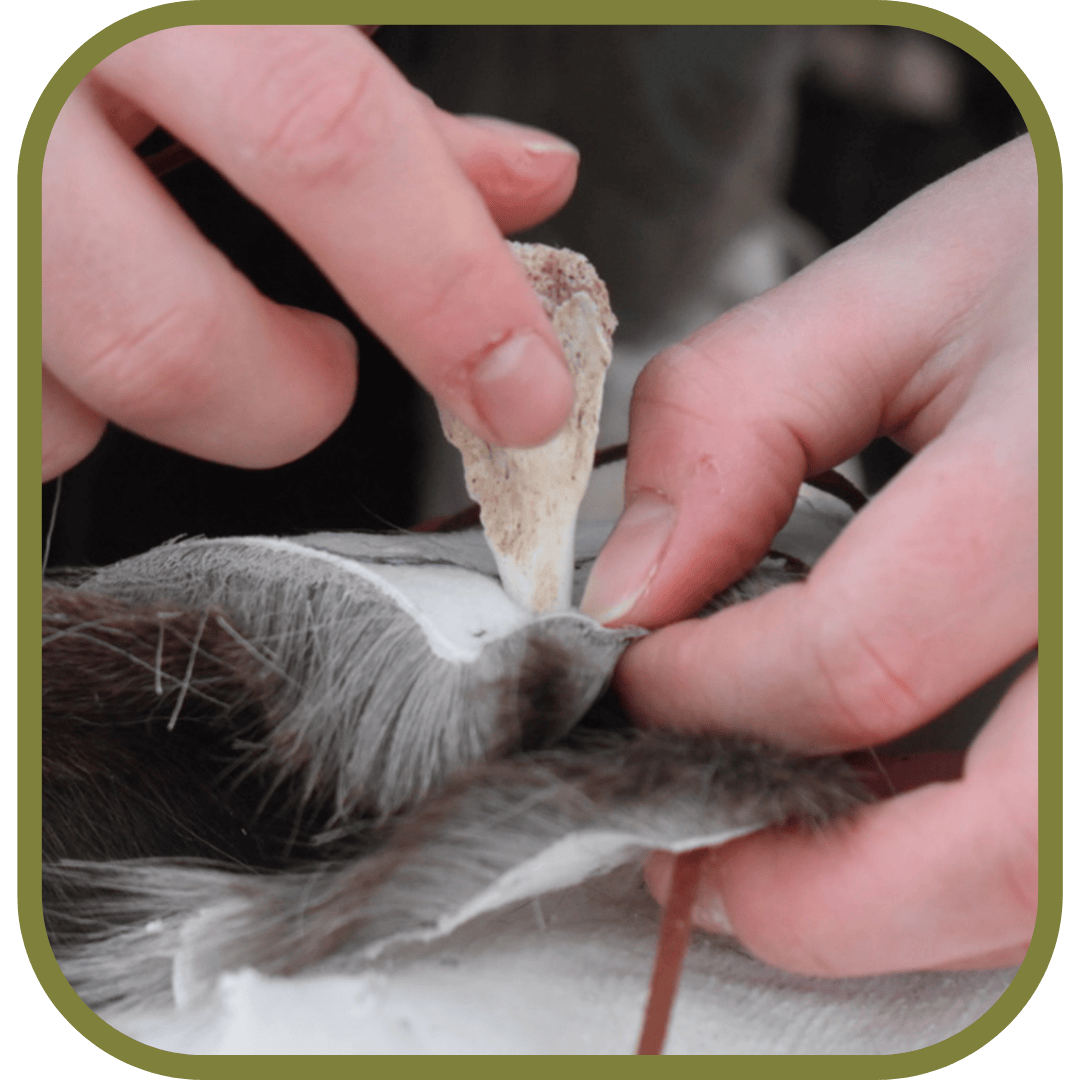Kiernan Experimental Archaeology Award
Applications are now open for the 2025 Kiernan Experimental Archaeology Award!
EXARC is dedicated to promoting the professional development and academic acceptance of experimental archaeology as a scientific research method. To that end, we have created an international network of over 400 members, enabling collaboration and access to materials, resources, and tools from around the world.
One of these resources is the Kiernan Experimental Archaeology Award, sponsored by EXARC member John Kiernan. We understand that sometimes, although you may have a great idea for an experimental archaeology research project, you don’t have the financial capabilities to carry it out. The Kiernan Experimental Archaeology Award offers micro-grants of €500 to up to two experimental archaeology projects per year.
___________________________________________________________________
Eligibility guidelines
Projects are welcomed from any country and any applicant, but the projects should meet the eligibility guidelines outlined below.
- The theme of your project must be focused on experimental archaeology.
- You will state in all publications and presentations that this project is supported by EXARC.
- You are an EXARC member or will join EXARC as a member when you accept the Award.
- Recipients will write at least one blog post for publication on the EXARC website.
- Recipients will write an article for the EXARC Journal (designated as the “reporting phase” below).
What to include:
Applications for the grant should include the following:
- A file with your personal contact details and a CV (max. 3 pages)
- A file with a short description (200 – 750 words, no images) of the project, making sure to include all of the information outlined in the marking criteria below.
Please send your applications to info@exarc.net
Marking criteria
Successful projects are chosen by a jury (see below), who reserve the right to reject any projects that they feel do not meet the criteria outlined below. In the case of only one or no projects being chosen, a second round will be opened in the autumn.
- The project must have a title.
- The research scope must be clearly stated, including the regional, cultural, and temporal focus of the project, clear methodological plans, and what this research will contribute to this field of scope.
- Applicants should also demonstrate knowledge of other research conducted in this area, and show how their project will impact the existing knowledge base.
- The budget and costs must be clearly defined and the intended use of the Kiernan Experimental Archaeology Award accounted for, stating any other grants received and which costs will not be covered by the Kiernan Award.
- The timeline of the project must be clearly defined, and if the Kiernan Experimental Archaeology Award is only intended to cover one part of a longer-term project, this should also be clearly mentioned.
- The expected outcome should be stated, as well as how the impact of the project will be communicated before, during, and after the project dates, and what it will contribute to the field of experimental archaeology.
Timeline
Call Opens: 30 April 2025
Call Closes: 30 June 2025
Decision: 31 July 2025
Project start: before 1 October 2025
Planning Phase: Max. 3 months
Execution of the Experiment: Max. 6 months
Reporting Phase: Max. 3 months
Project end: 12 months after project’s start
___________________________________________________________________
Jury Members
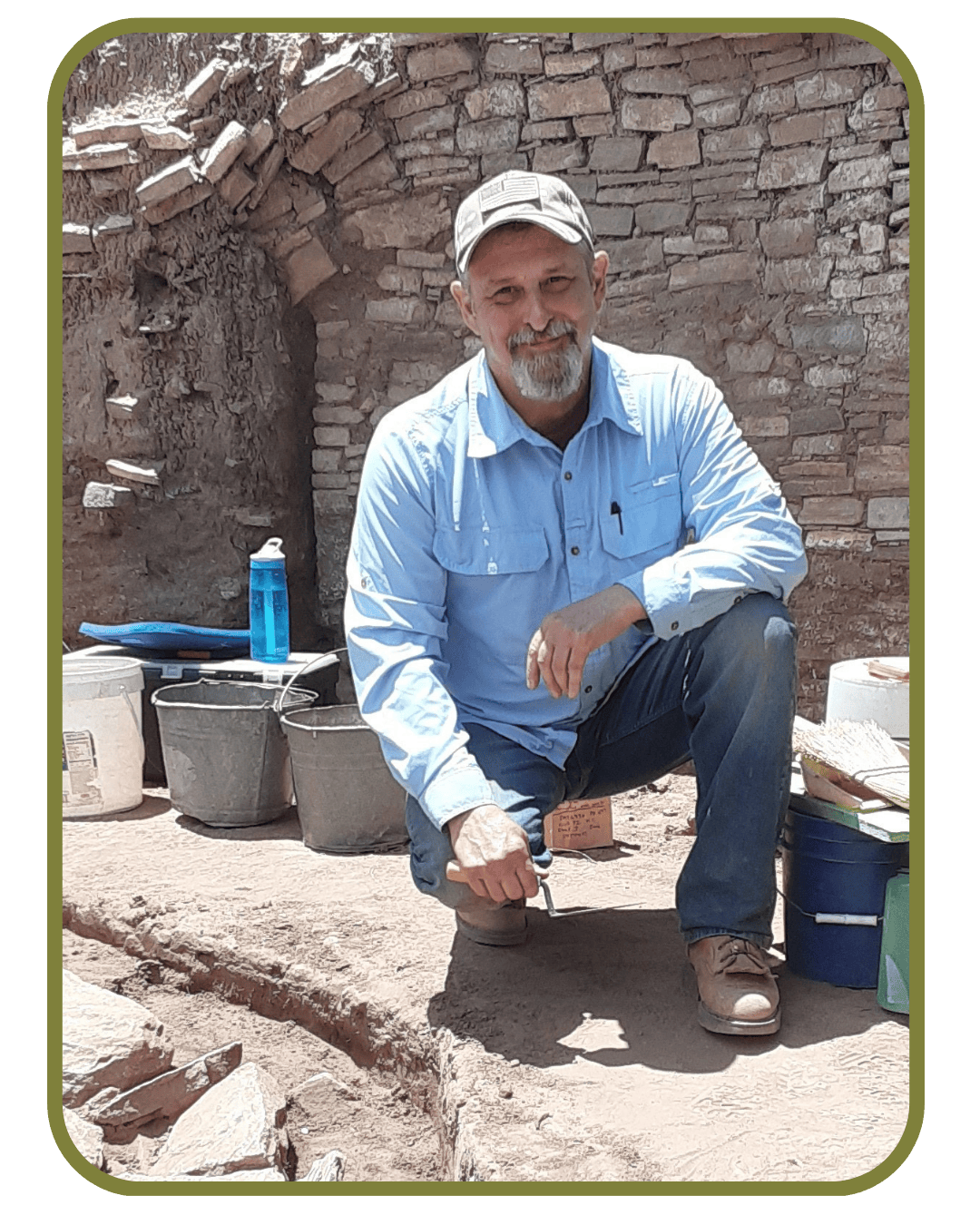 John W. Kiernan was raised on the High Plains of Eastern Colorado/Western Nebraska. It was here that John was first bit by the archaeology bug, and his lifelong passion in the pursuit of making and using flaked stone tools was ignited. This passion only increased as he grew up. After a career spanning over 24 years in the United States Air Force, John continued to be involved in professional archaeology from Maryland, Oklahoma, and Texas. After retiring from the military, John was invited to attend the University of Exeter to pursue a Masters in Experimental Archaeology. Graduating with Distinction, John consults globally on flaked stone tools, as well as tries to keep active in excavations in Wyoming, Colorado, as well as teaching/lecturing including recent work with the University of Sao Paulo, Brazil. John’s interest, besides flaked stone tools, is weapons development up to the Viking Age, early metallurgy and forging, as well as peopling of the Americas. John resides in a community near the military base he retired in Texas.
John W. Kiernan was raised on the High Plains of Eastern Colorado/Western Nebraska. It was here that John was first bit by the archaeology bug, and his lifelong passion in the pursuit of making and using flaked stone tools was ignited. This passion only increased as he grew up. After a career spanning over 24 years in the United States Air Force, John continued to be involved in professional archaeology from Maryland, Oklahoma, and Texas. After retiring from the military, John was invited to attend the University of Exeter to pursue a Masters in Experimental Archaeology. Graduating with Distinction, John consults globally on flaked stone tools, as well as tries to keep active in excavations in Wyoming, Colorado, as well as teaching/lecturing including recent work with the University of Sao Paulo, Brazil. John’s interest, besides flaked stone tools, is weapons development up to the Viking Age, early metallurgy and forging, as well as peopling of the Americas. John resides in a community near the military base he retired in Texas.
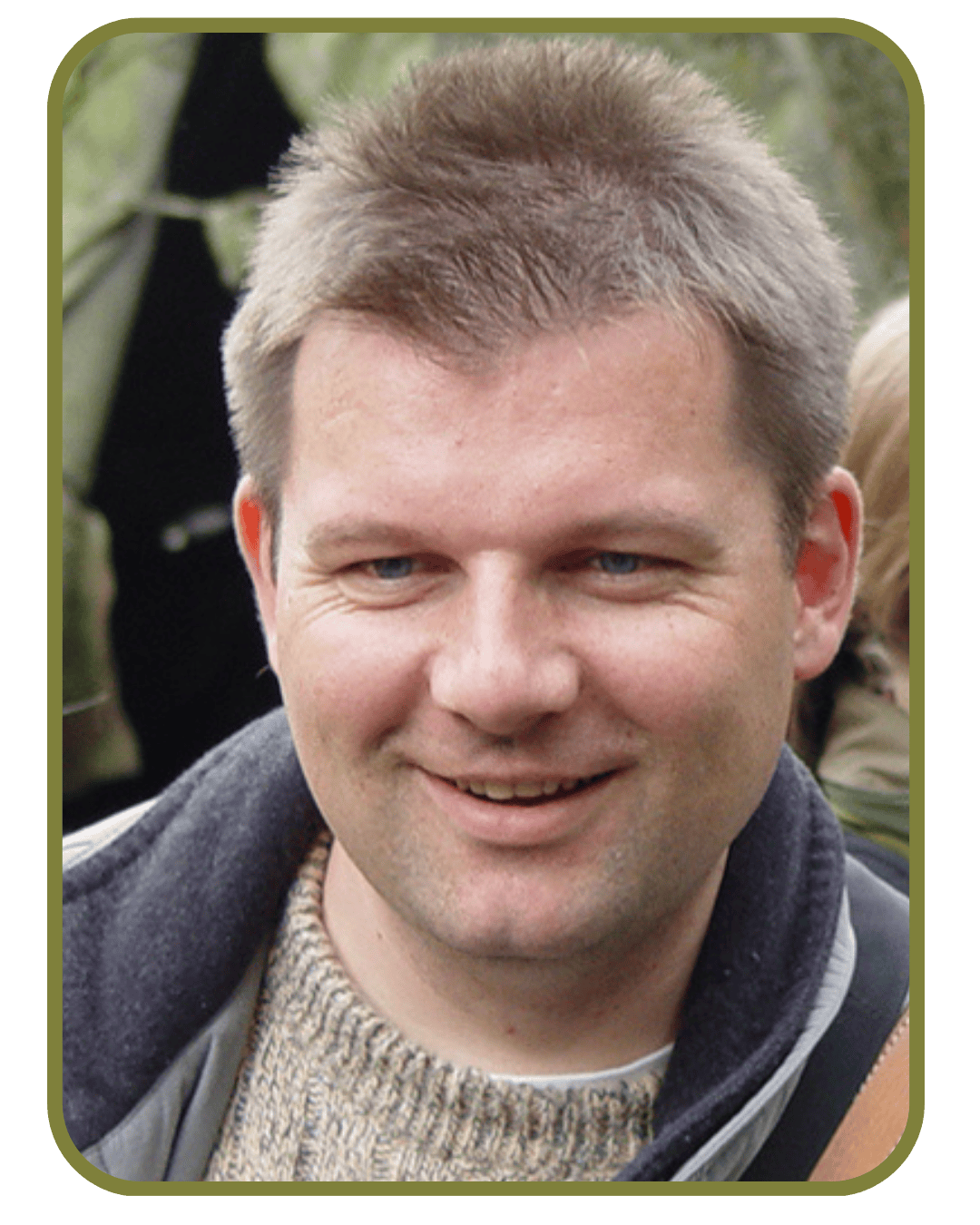 Dr Roeland Paardekooper has extensive experience in the field of open-air museums. He earned his MA in the Netherlands and completed his PhD in the UK. A co-founder of EXARC, he served as its director until 2023. After working at the Eindhoven Museum (Netherlands), he went on to direct the Archäologisches Freilichtmuseum Oerlinghausen (Germany) and the Middelaldercentret (Denmark). His involvement in the EU project RETOLD—focused on documenting, digitizing, and sharing practices in open-air museums—led him to Gotha, where he now oversees the largest digitization project in the German museum sector.
Dr Roeland Paardekooper has extensive experience in the field of open-air museums. He earned his MA in the Netherlands and completed his PhD in the UK. A co-founder of EXARC, he served as its director until 2023. After working at the Eindhoven Museum (Netherlands), he went on to direct the Archäologisches Freilichtmuseum Oerlinghausen (Germany) and the Middelaldercentret (Denmark). His involvement in the EU project RETOLD—focused on documenting, digitizing, and sharing practices in open-air museums—led him to Gotha, where he now oversees the largest digitization project in the German museum sector.
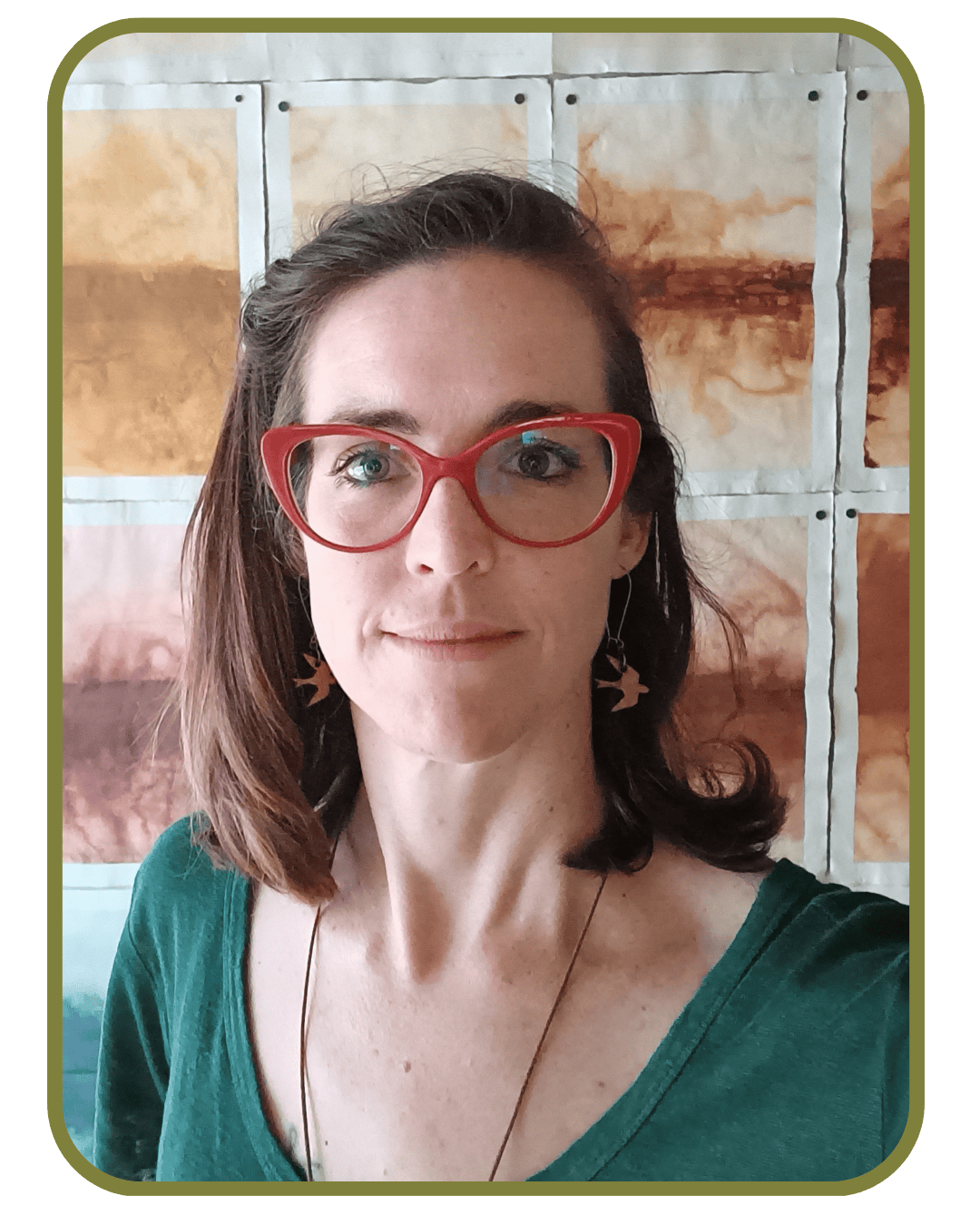 Dr Tammy Hodgskiss (married surname Reynard) is the Curator and Acting Head at the Origins Centre museum, University of the Witwatersrand, South Africa. Tammy is an archaeologist with a research focus on ochre and pigment use in Southern Africa during the Stone Ages. Her research incorporates experimental archaeological methods with emphasis on ochre processing methods, use-wear identification, paint manufacture and hafting adhesives. She is passionate about incorporating experimental archaeology experiences into science communication practices and public programming initiatives.
Dr Tammy Hodgskiss (married surname Reynard) is the Curator and Acting Head at the Origins Centre museum, University of the Witwatersrand, South Africa. Tammy is an archaeologist with a research focus on ochre and pigment use in Southern Africa during the Stone Ages. Her research incorporates experimental archaeological methods with emphasis on ochre processing methods, use-wear identification, paint manufacture and hafting adhesives. She is passionate about incorporating experimental archaeology experiences into science communication practices and public programming initiatives.
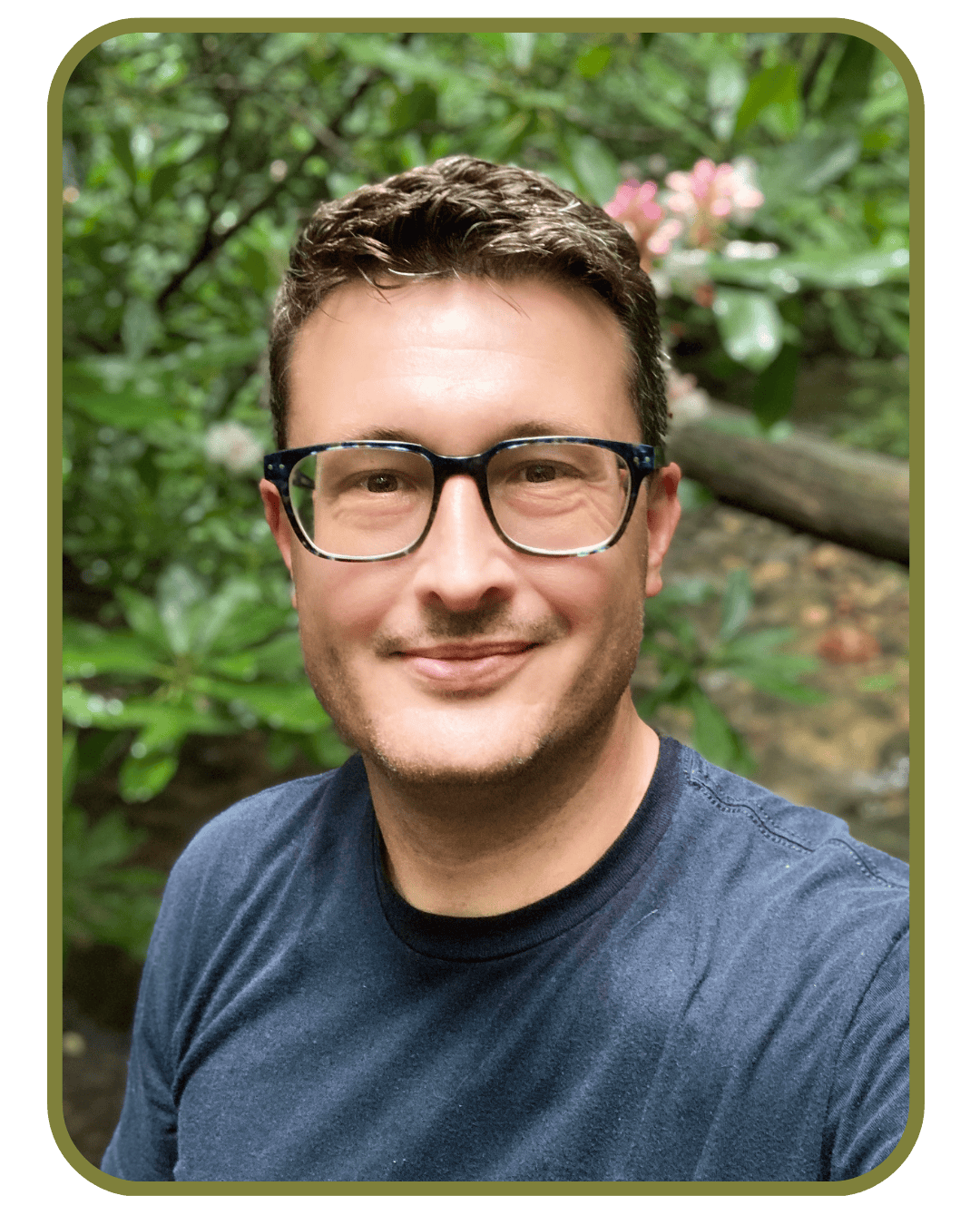
Aaron Deter-Wolf is the Prehistoric Archaeologist for the Tennessee Division of Archaeology in Nashville, Tennessee. His work includes managing ancient Native American sites on state-owned lands, conducting archaeological excavations and research, and informing the public about Tennessee’s archaeological heritage. He is an expert in the archaeological footprint of tattooing, and his experimental studies since 2013 have focused primarily on tattooing technology, looking specifically at bone tool replication and use wear analysis.
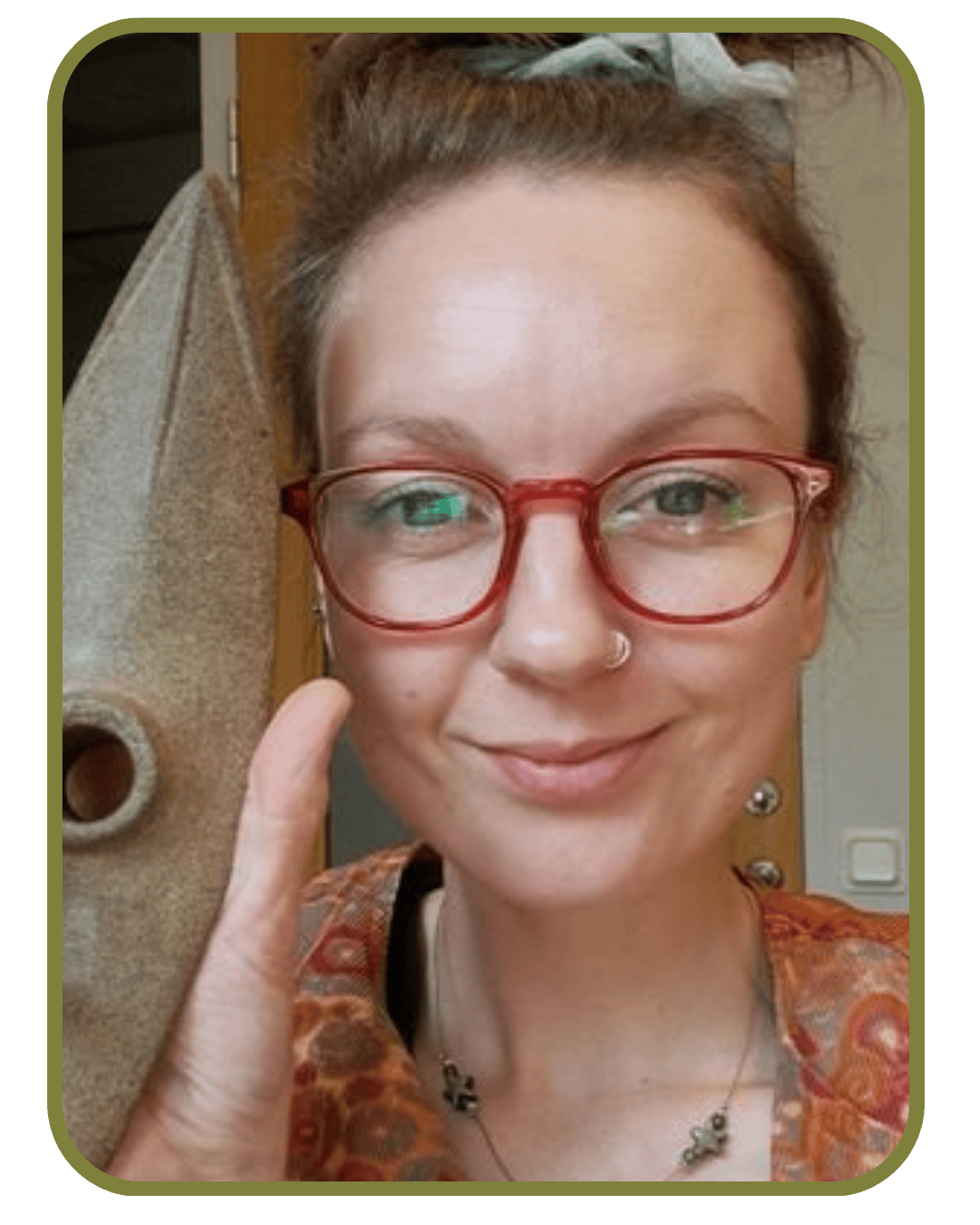
Dr Amber Roy is a use-wear analyst with specialisms in stone and experimental archaeology, where her research has focused on the experimental investigation of traces of manufacture and use on various materials. She is an expert in Northern and Western European prehistory and archaeological theory, and is interested in bringing together varied scientific and theoretical methods that are rarely applied together to study material culture.
___________________________________________________________________
Previous winning projects

